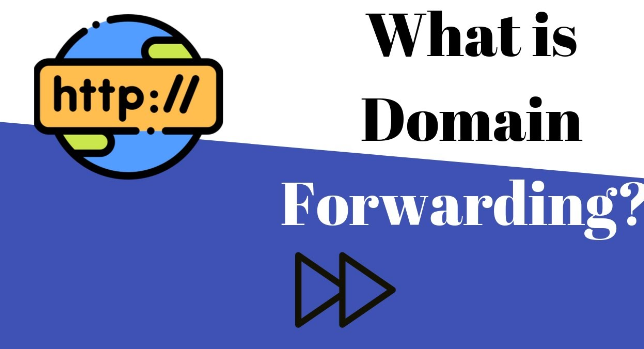Domain forwarding, also known as domain redirection, is a technique used to direct visitors from one domain name to another. This can be particularly useful for businesses and individuals who want to consolidate their online presence or guide traffic to a specific site. Here’s a breakdown of its meaning, types, and benefits.

Table of Contents
Meaning
Domain forwarding allows users who enter a specific domain name in their browser to be automatically redirected to a different domain or web page. For instance, if someone types in “example.com,” they could be redirected to “example.org.”
Types of Domain Forwarding
- 301 Redirect (Permanent)
- Indicates that the original URL has permanently moved to a new location.
- Preserves search engine rankings and passes link equity to the new URL.
- Recommended for SEO purposes when changing domains.
- 302 Redirect (Temporary)
- Indicates that the move is temporary and the original URL will be back.
- Does not pass link equity to the new URL, as search engines view it differently.
- Useful for temporary campaigns or promotions.
- URL Masking (Frame Forwarding)
- Displays the new URL while keeping the original domain in the browser’s address bar.
- Useful for maintaining brand identity but can lead to SEO issues and is generally less recommended.
- Wildcard Forwarding
- Redirects all subdomains and URLs from one domain to another.
- Useful for consolidating multiple domains or subdomains under a single main domain.
Benefits of Domain Forwarding
- Consolidation of Online Presence
- Helps unify multiple domains under one primary website, making it easier for users to find you.
- Improved SEO
- A 301 redirect can preserve search engine rankings and link equity, which is important for maintaining visibility in search results.
- Brand Protection
- Redirecting similar domain names to your main site can prevent brand dilution and protect against cybersquatting.
- User Experience
- Ensures that visitors reach the correct site, even if they type in a different domain or URL.
- Marketing Campaigns
- Allows for specific promotional URLs that can redirect users to targeted landing pages without altering the main site.
- Analytics Tracking
- You can track the traffic coming from redirected domains to better understand your audience and optimize your marketing strategies.
When Should You Redirect Your Website?
- If you are rebranding or changing your domain name, you need to redirect visitors from the old site to the new one to retain your audience and SEO value.
- When updating your server site’s architecture or changing URLs, set up redirects to prevent 404 errors and maintain user and search engine access to your pages.
- Redirect past campaign pages or discontinued product pages to a more permanent destination, such as your homepage, to maintain a good user experience.
Frequently Asked Questions (FAQs) on Domain Forwarding
1.Do I need domain forwarding?
Domain forwarding can serve multiple purposes. It can help safeguard your brand by allowing you to register variations of your main domain—like different extensions, common misspellings, or typos—and redirect visitors back to your primary website.
2.Is domain forwardinggood for SEO?
No, domain forwarding is not a major SEO tactic. Normally, businesses opt for domain redirects to retain their existing visitors, and do not consider them as a contributor to boosting their SEO rankings.
3.How long does domain forwarding take?
Normally, it takes 24 to 48 hours (about 4 days) to activate the domain forwarding service. If your website is not redirected after 48 hours (about 4 days), check the URL again or contact our customer support team.
Conclusion
Domain forwarding is a valuable tool for managing web traffic, enhancing SEO, and protecting your brand. Understanding the different types and their appropriate applications can help you make informed decisions about your online presence.



